Lanphere-Christensen Dunes Preserve.3.14.09
On Saturday we pedaled from Kim's house down to the Lanphere-Christensen Dunes Preserve, formerly known as the Mad River Slough and Dunes.
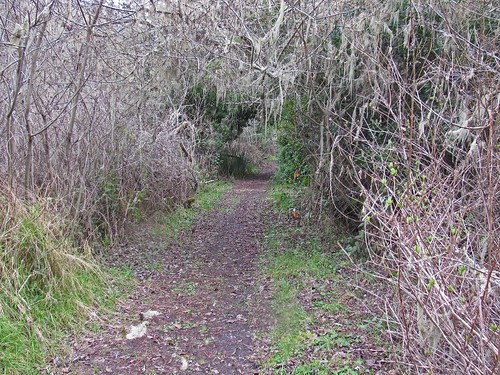
There's a narrow trail just past the gun club.
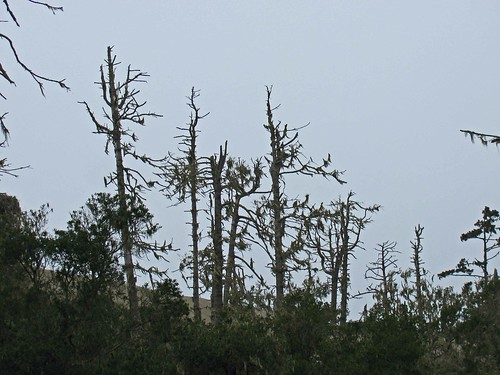
You can see where the forest meets the dunes.
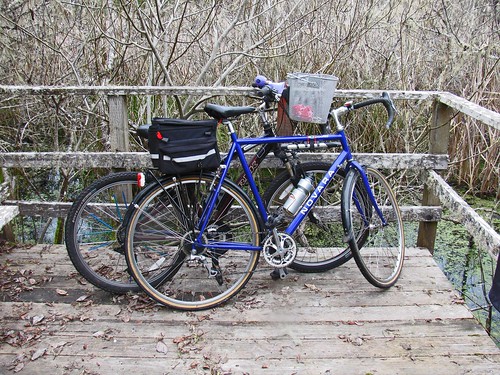
Our bikes co-mingled.
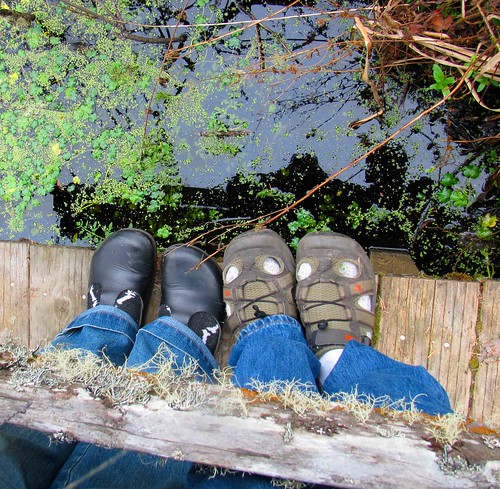
Our feet touched.
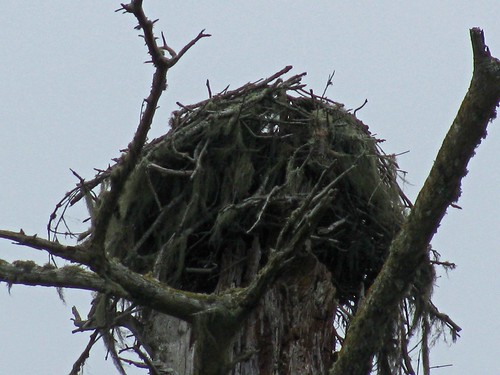
We saw a nest.
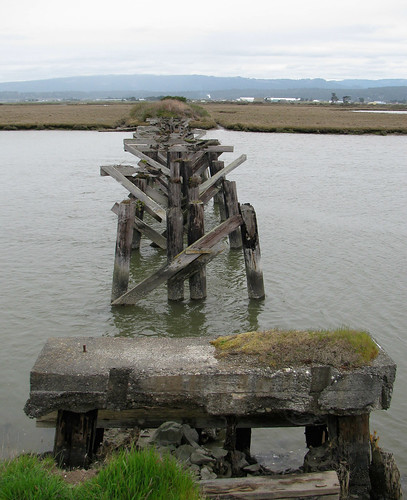
The trail ends at this trestle.
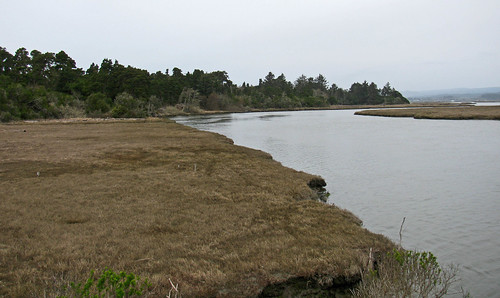
We discussed further explorations of Mad River Slough using our kayaks.
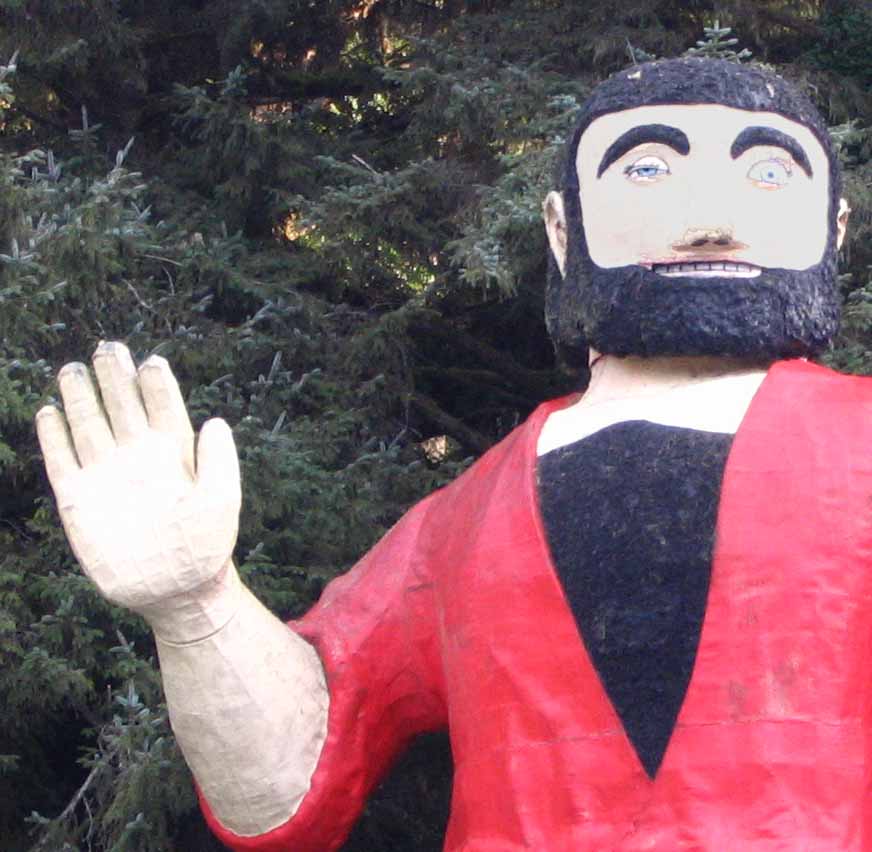

6 Comments:
That is the line that went to Mckinleyville. South of Manila, it crossed 255, in to the bay a bit, on another trestle, you can still see a little bit of. Just north of the Samoa bridge, in that forested/brushy area was the roundhouse for the railroad line.
This is a lovely post Jack, except for the fact that this area (Ma-le`l North) is not open to the public, except during guided walks offered by Friends of the Dunes. Now that you know....
Why is it closed to the public?
Seems like too nice of a place to keep locked up.
The short answer is that it has to do with management of a delicate habitat (since we humans have managed to dike and drain ~90% of the saltmarshes that once surrounded Humboldt Bay) that is home to many species:
"Humboldt Bay NWR is located on Humboldt Bay on the northwest California coast. The refuge has two main purposes: to protect and enhance wetlands and bay habitats for migratory birds, especially black brant, and to protect endangered species and their habitats, including the Humboldt Bay wallflower. The refuge includes the Lanphere and Ma-le'l Dunes, one of the most pristine remaining dune ecosystems in the Pacific Northwest. It also administers Castle Rock NWR, a 14-acre island located less than a mile off the California coast, which contains the largest breeding population of common murres in California and provides a roost for Aleutian cackling geese during migration.
Concentrations of migratory waterbirds--especially shorebirds--occur in the fall, winter, and spring. In winter, it is not unusual for over 100,000 birds to use the Bay as a feeding or resting site. The main reason for these waterbird concentrations are the eelgrass beds and extensive mudflats. These also make the Bay an important spawning, nursery, and feeding area for fish and other marine life. Endangered/threatened species present are the peregrine falcon, bald eagle, brown pelican, Humboldt Bay wallflower, and beach layia.
This refuge has been described as one of the most important areas in the U.S. south of Alaska for black brant. This is especially true during the spring when the Bay is a key staging area for brant prior to their return to arctic nesting grounds. The Lanphere and Ma-le'l Dunes Unit protects endangered and rare plants within rare dune plant communities. The refuge contains one of very few dune systems in which the underlying processes are intact."
Might that nest be an Osprey nest? I think they usually nest further inland, but I'm not sure.
The feet pic is my favorite
Post a Comment
<< Home